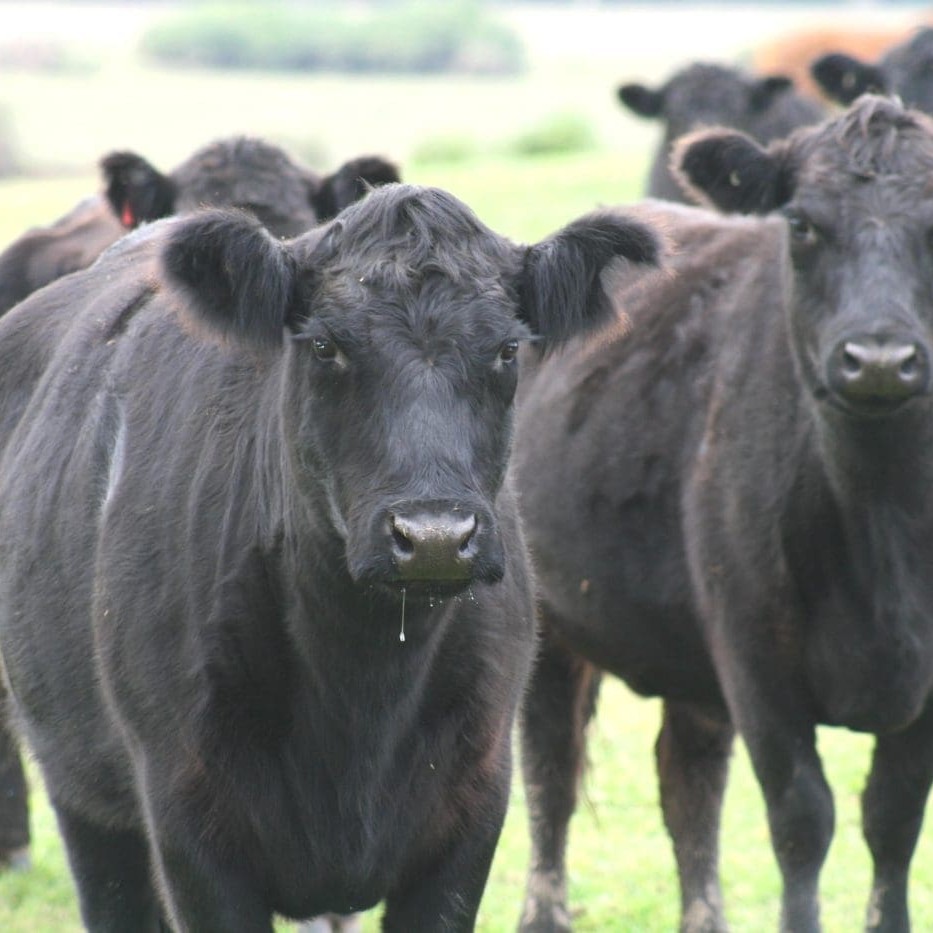 A newly identified recessive genetic condition called Developmental Duplication, or DD, has been confirmed and brought to members’ attention by Angus Australia this week.
A newly identified recessive genetic condition called Developmental Duplication, or DD, has been confirmed and brought to members’ attention by Angus Australia this week.
In a statement issued today, Angus Australia chief executive, Dr Peter Parnell, said the confirmation of the rare condition was simply a further step forward in the ongoing improvement of the Angus breed.
“Whilst the need to identify and test for recessive genetic conditions increases the costs to our members, it has now become a permanent part of the quality assurance provided by breeders of registered Angus cattle to protect the interests of their commercial clients,” Dr Parnell said.
The identification of the Developmental Duplication genetic condition is the result of research conducted by Professor Jon Beever at the University of Illinois and Dr Laurence Denholm of the NSW Department of Trade and Investment.
The research was based on samples from a small number of Angus calves born in Australia with additional limbs. Although rare, the condition, also commonly known as Polymelia, is known to occur across many species and breeds of cattle.
Dr Parnell said initial reports of the condition were reported to Angus Australia four years ago.
“It has taken until now to obtain sufficient number of affected calves to conduct the necessary research to understand the genetic nature of the condition,” he said.
The Angus Australia statement said there had been about 20 total cases of animals displaying developmental duplications reported over the last four years. The condition could be found in both Bos Taurus and Bos indicus animals, plus other species and in humans.
Given the small number of cases reported, the commercial impact of the condition in a typical commercial herd was expected to be minimal, Dr Parnell said.
“Much bigger losses occur in every herd each year due to non-genetic animal health issues. Most genetic diseases can be easily managed by ensuring that only bulls of known genetic background that have been adequately tested are used in commercial herds,” he said.
“Like many other recessive genetic conditions, the true underlying incidence of DD in herds that are highly inbred to particular bloodlines can be masked by the fact that many affected calves may not reach full-term, and are therefore not detected by the breeder. Hence, the impact will be only seen by lower than expected calving rates.”
 An important part of the breeding program for any registered seedstock operation was the identification and elimination of undesirable recessive genes in the population, Dr Parnell said.
An important part of the breeding program for any registered seedstock operation was the identification and elimination of undesirable recessive genes in the population, Dr Parnell said.
The ‘recessive’ nature of these conditions meant that in most situations they are rarely observed, and only occur when an individual animal inherits two copies of the ‘recessive’ gene, from either side of its pedigree. When an animal contains just one copy of the gene it is considered a ‘carrier’ and does not display the particular condition, he said.
Angus Australia’s statement said it was working closely with members to provide up-to-date information on the probability of different bloodlines being carriers of the DD gene. In addition, a diagnostic test developed by the University of Illinois will soon be available to breeders in Australia.
“As we obtain further information from diagnostic testing for the condition in US, and soon in Australia, we will continually update the status of individual animals via the Angus Australia website,” Dr Parnell said.
The bloodlines carrying the DD gene, and other known recessive genetic conditions, had provided great benefits to the Angus breed over past decades through increased growth, fertility and carcase performance.
“It is simply a matter of identifying and eliminating carrier animals from the population and continuing to utilise the positive attributes of these genotypes” he said.
Dr Parnell suggests that the best way of eliminating the risk of these known genetic disorders in commercial herds was to only purchase registered bulls from breeders with a management program in place to eliminate known recessive genetic conditions from their herds.
He said Angus breeders in Australia had had a long history of embracing genetic technology to continually improve the breed, including the identification and elimination of undesirable recessive genetic conditions.
“All cattle, indeed, all animals including humans, carry copies of undesirable recessive genes. Fortunately, modern DNA technology can rapidly deliver DNA tests for seedstock breeders to rapidly detect and manage these conditions.”
“The greatest risk to the commercial sector from recessive genetic conditions comes from unregistered bulls with unknown genetic background,” Dr Parnell said.
